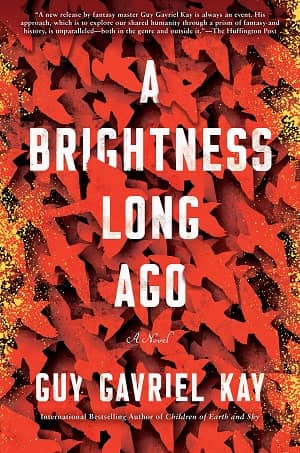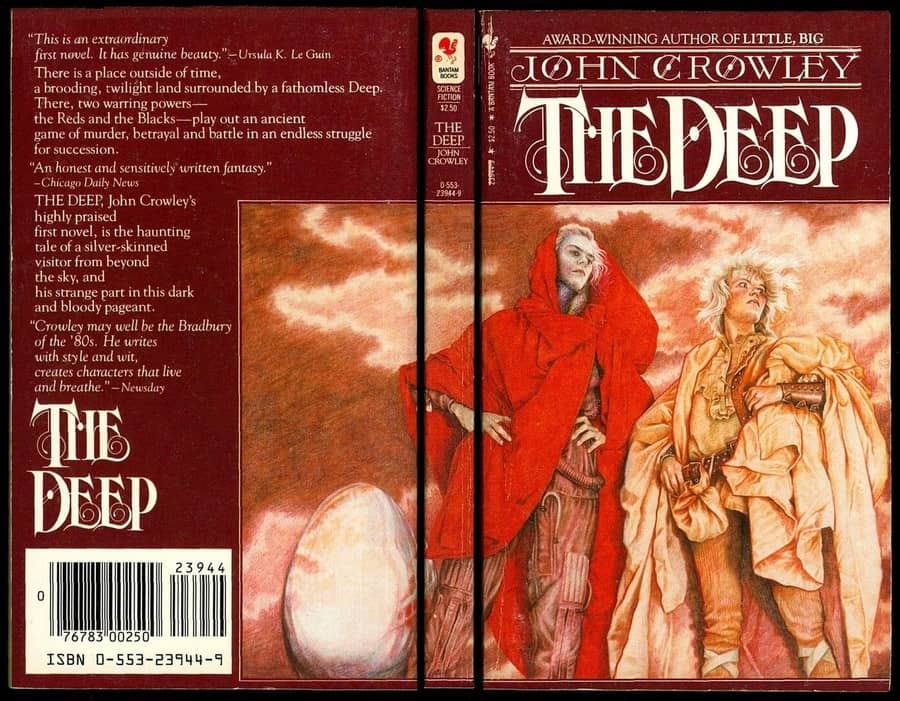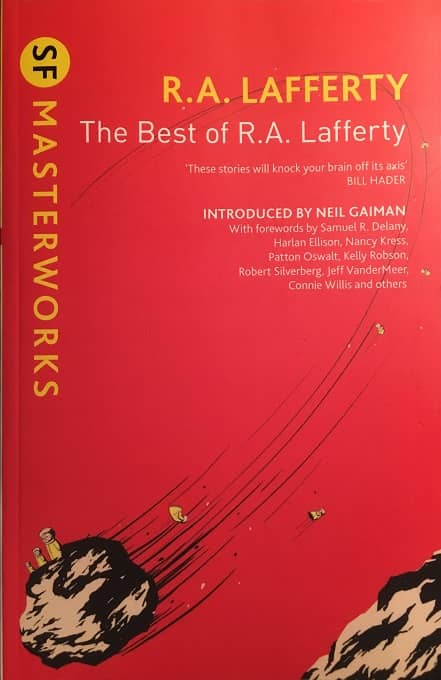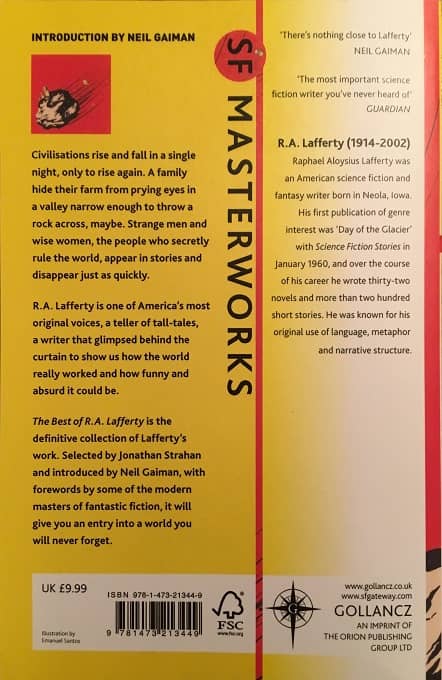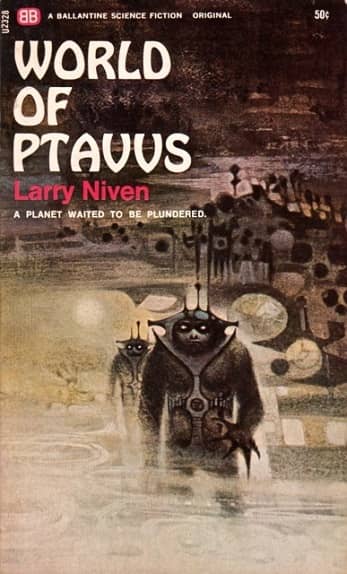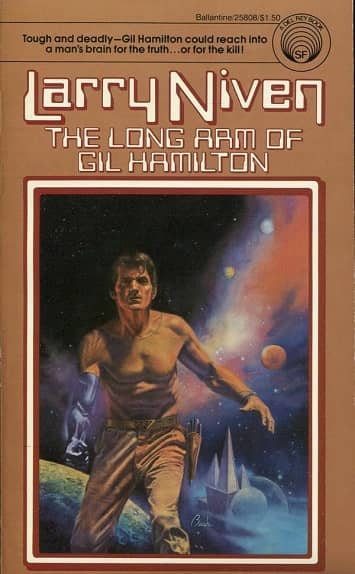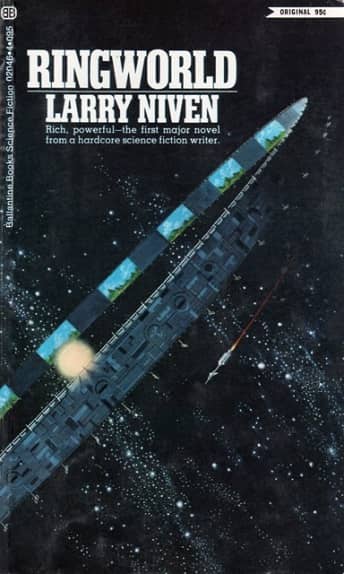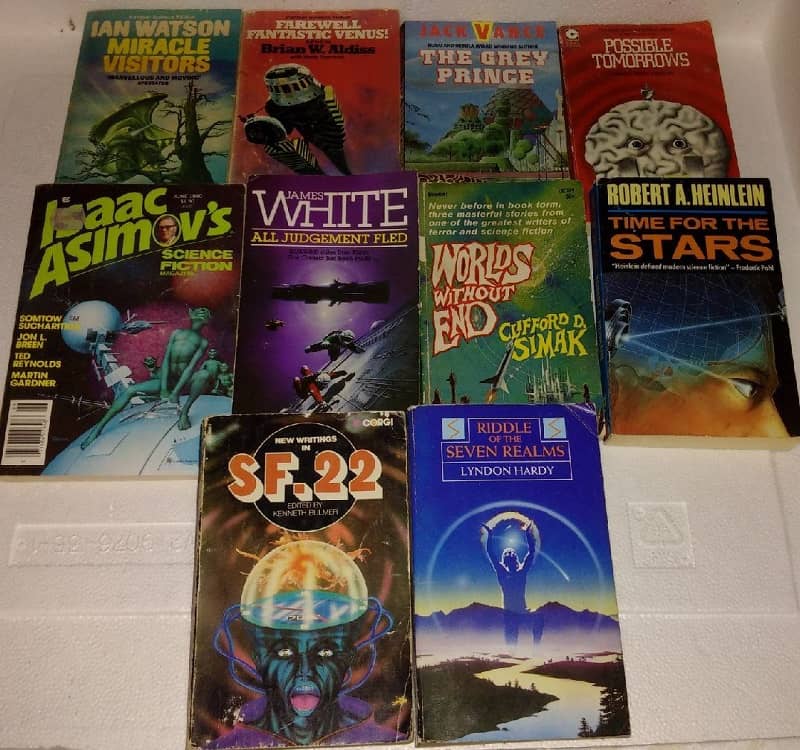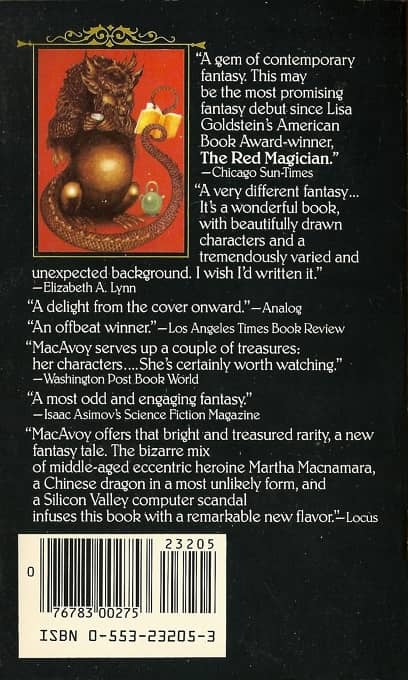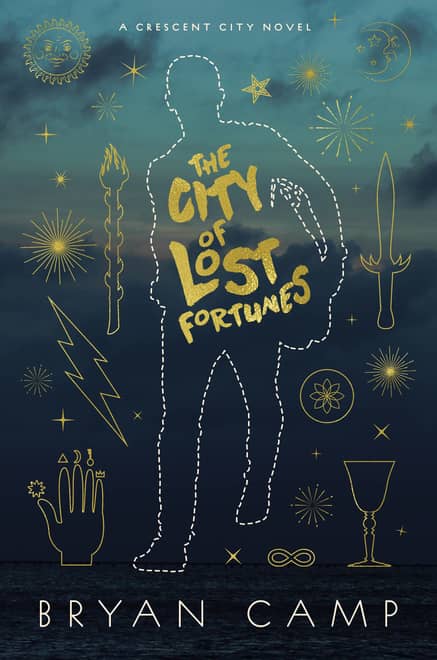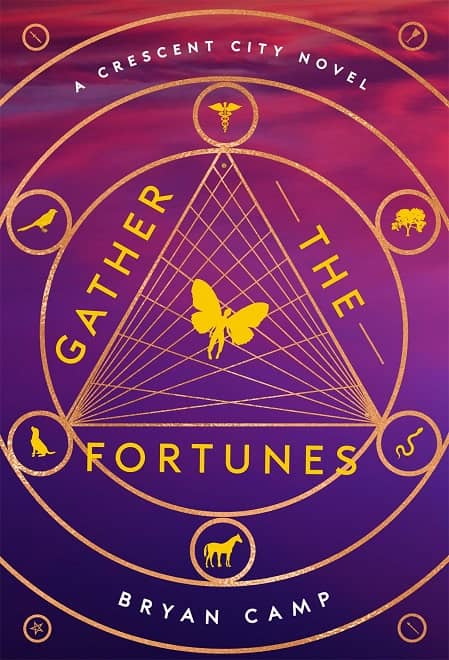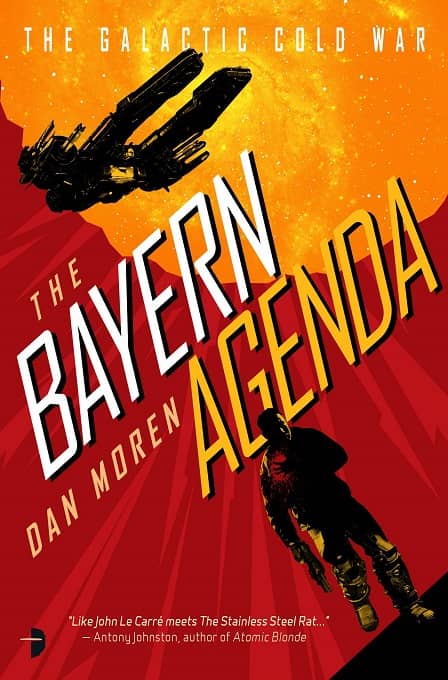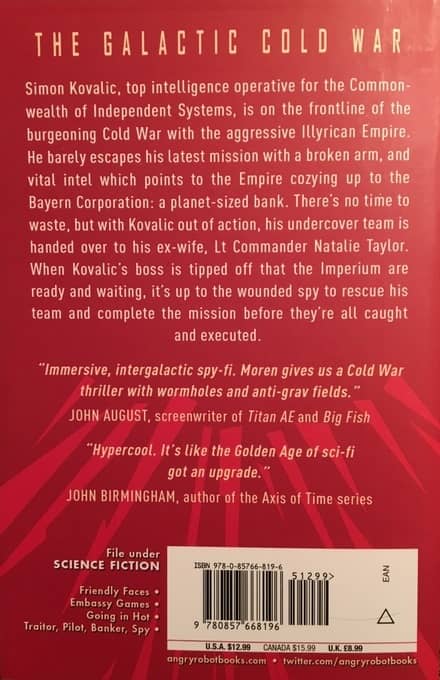Space Opera with Military Flair: A Chain Across the Dawn by Drew Williams
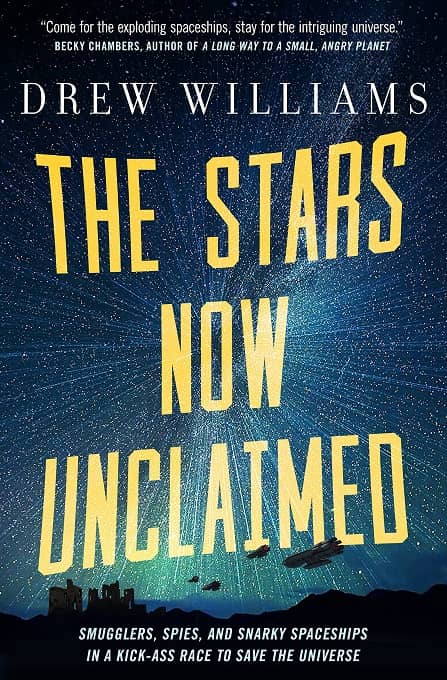 |
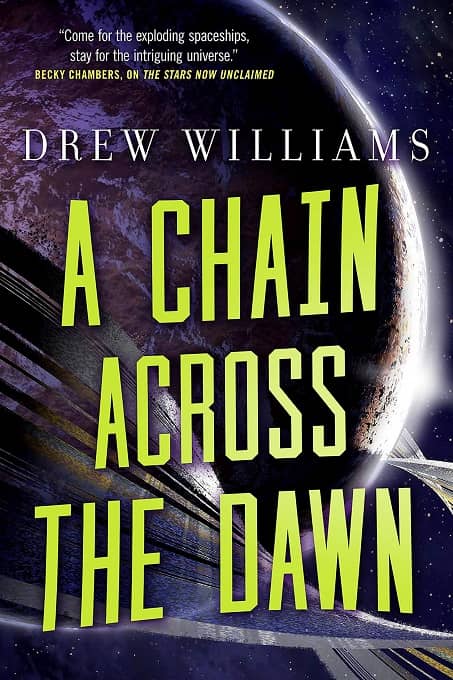 |
I’m still on a space opera kick, and Drew Williams’ The Stars Now Unclaimed was one of the books that got me started. It was published by Tor last August, and Liz Bourke at Tor.com called it “Superpowered Space Opera… a strikingly entertaining debut novel, an enjoyable space opera with military flair.” I’ve been keeping my eye open for the sequel, but it still managed to sneak up on me last week. Here’s the description.
Drew Williams continues the Universe After series with A Chain Across the Dawn, an epic space opera chase across the galaxy with witty banter, fantastical planets, and a seemingly unbeatable foe.
It’s been three years since Esa left her backwater planet to join the ranks of the Justified. Together, she and fellow agent Jane Kamali have been traveling across the known universe, searching for children who share Esa’s supernatural gifts.
On a visit to a particularly remote planet, they learn that they’re not the only ones searching for gifted children. They find themselves on the tail of a mysterious being with impossible powers who will stop at nothing to get his hands on the very children that Esa and Jane are trying to save.
With their latest recruit in tow ― a young Wulf boy named Sho ― Esa and Jane must track their strange foe across the galaxy in search of answers. But the more they learn, the clearer it becomes ― their enemy may be harder to defeat than they ever could have imagined.
We covered the first volume here. A Chain Across the Dawn was published by Tor Books on May 7, 2019. It is 317 pages, priced at $18.99 in trade paperback and $9.99 in digital formats. The cover is by Fred Gambino. See all our recent coverage of the best new SF and Fantasy series titles here.
